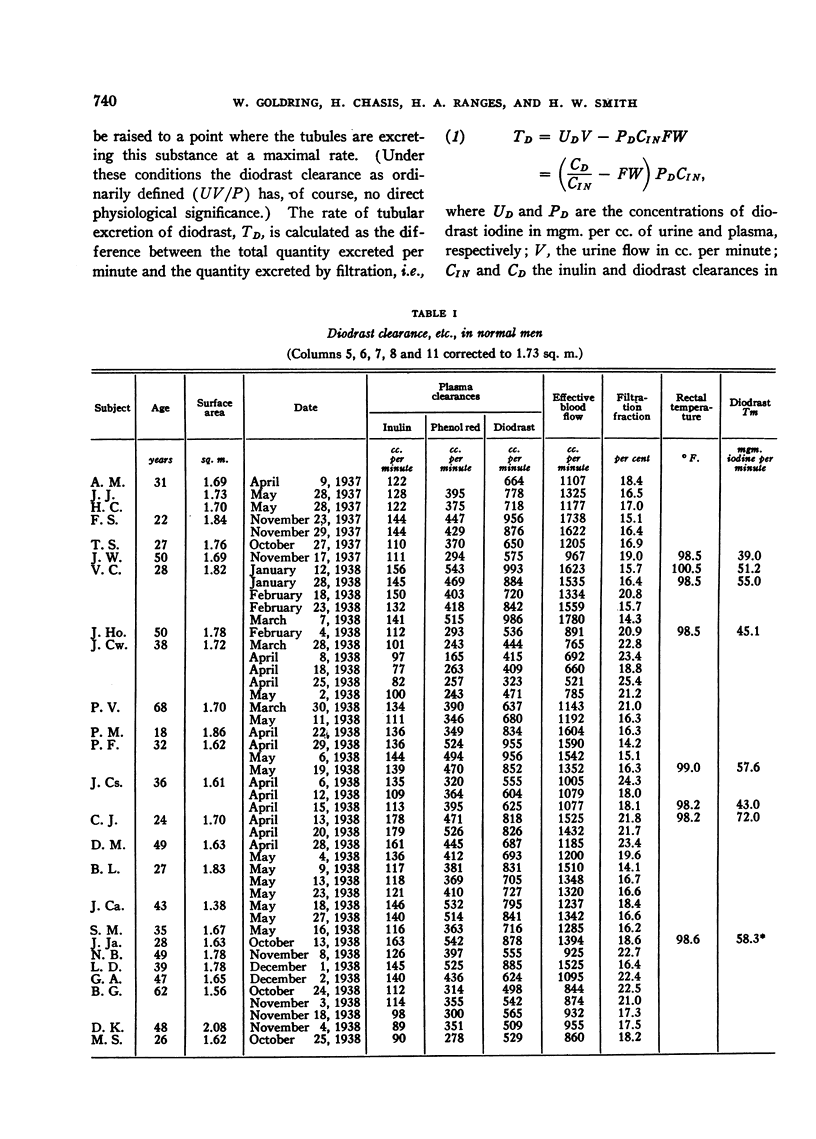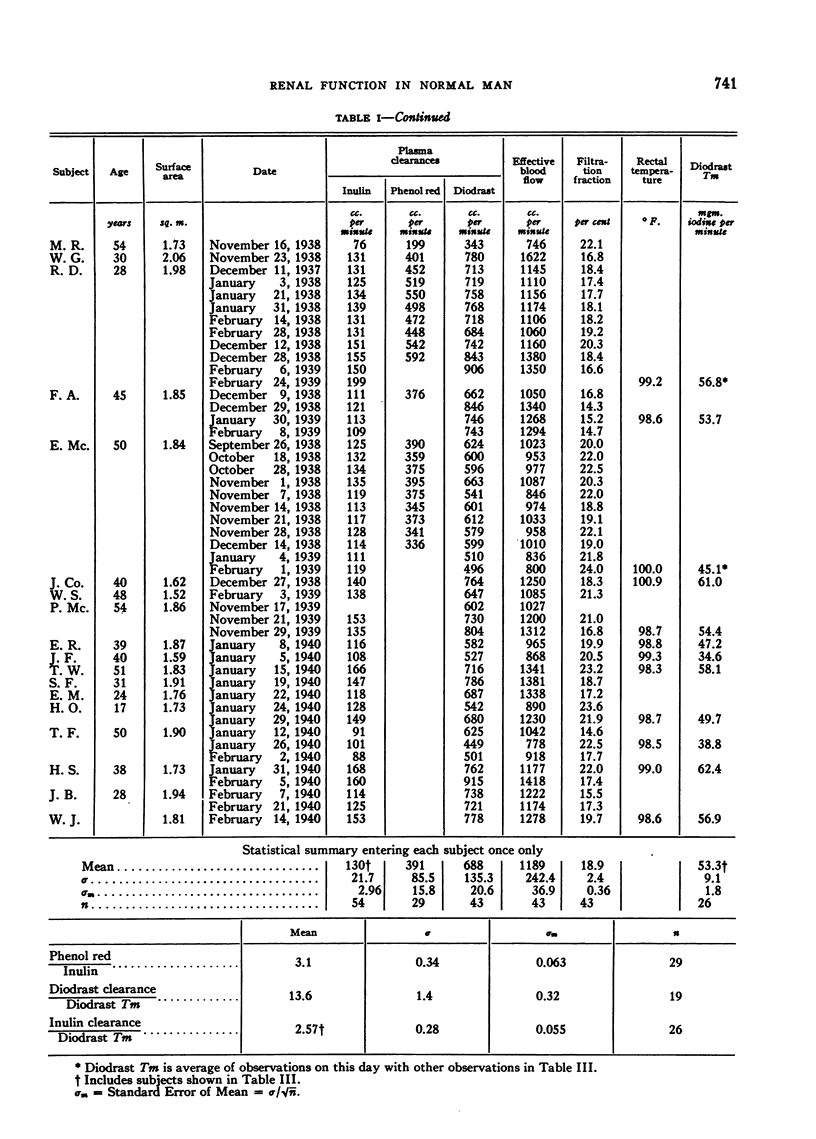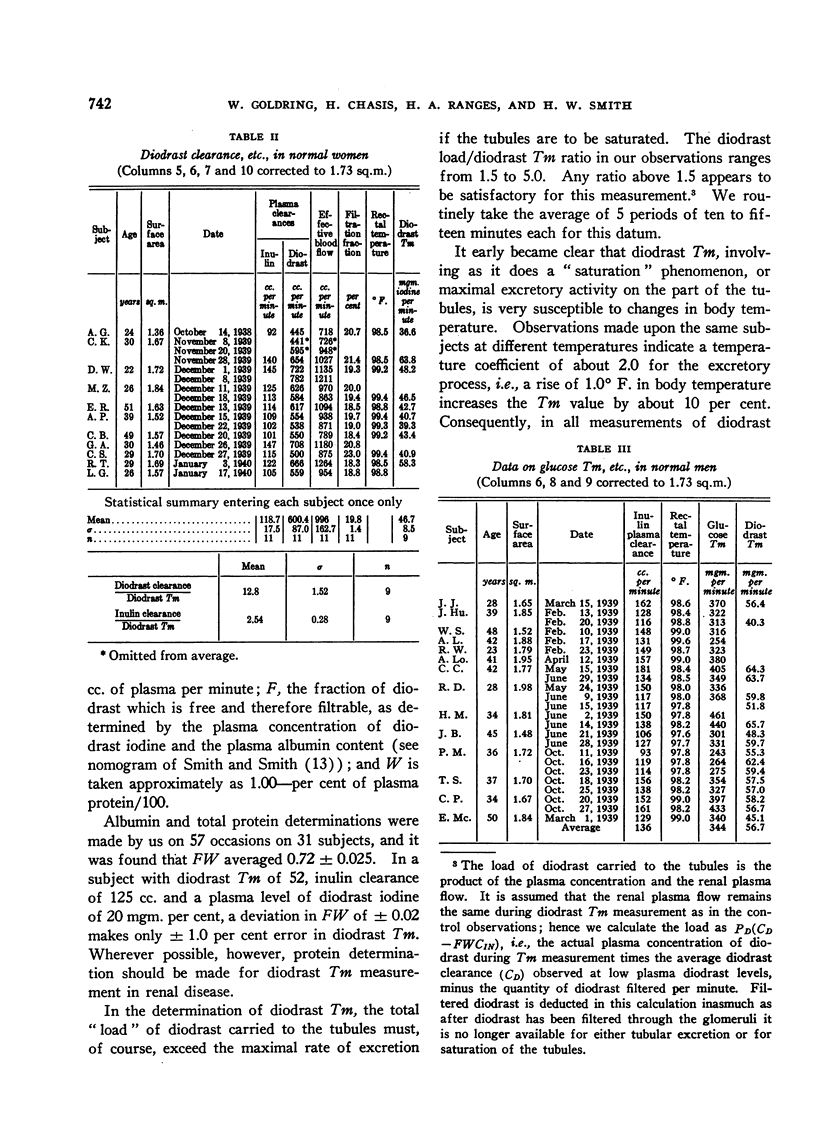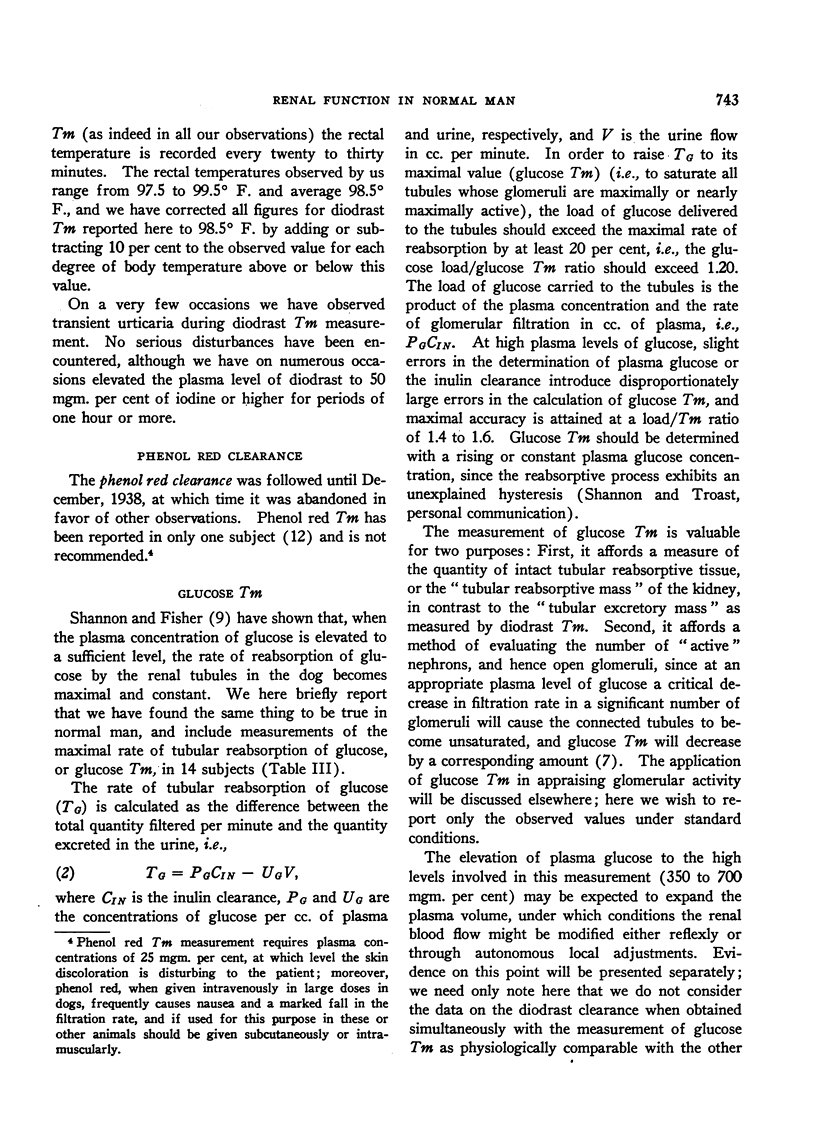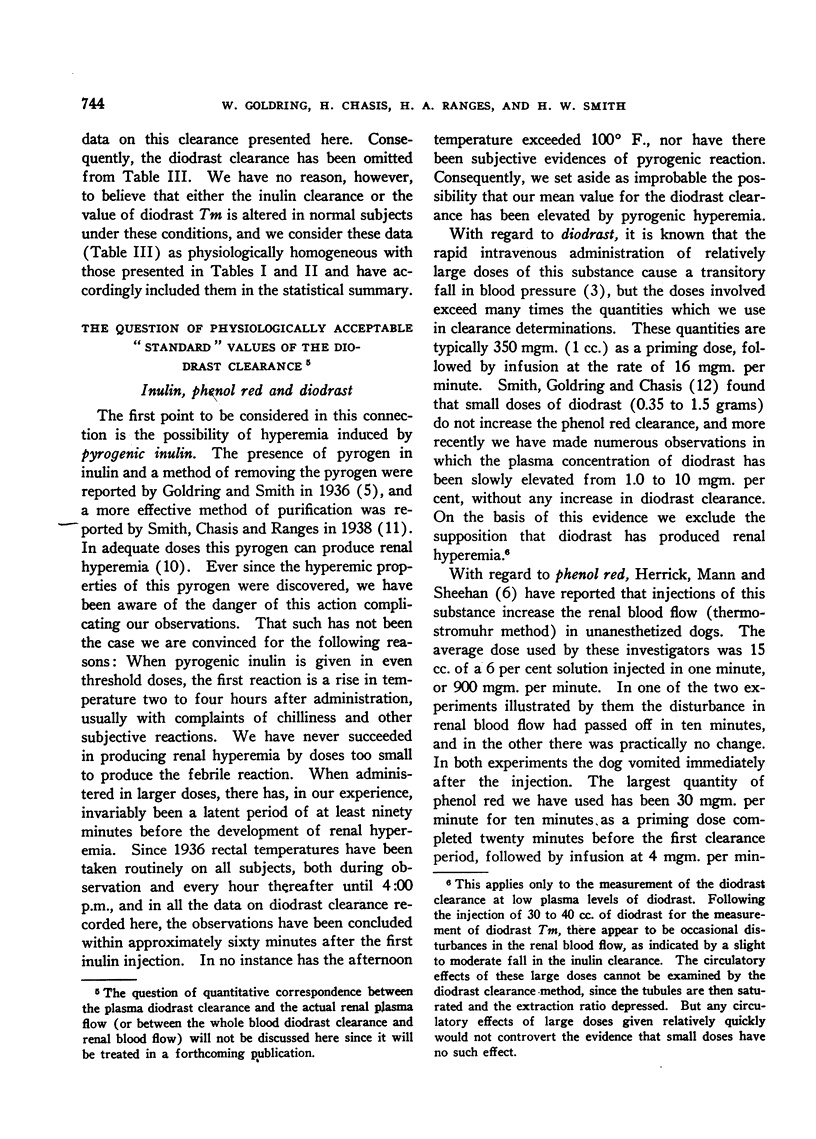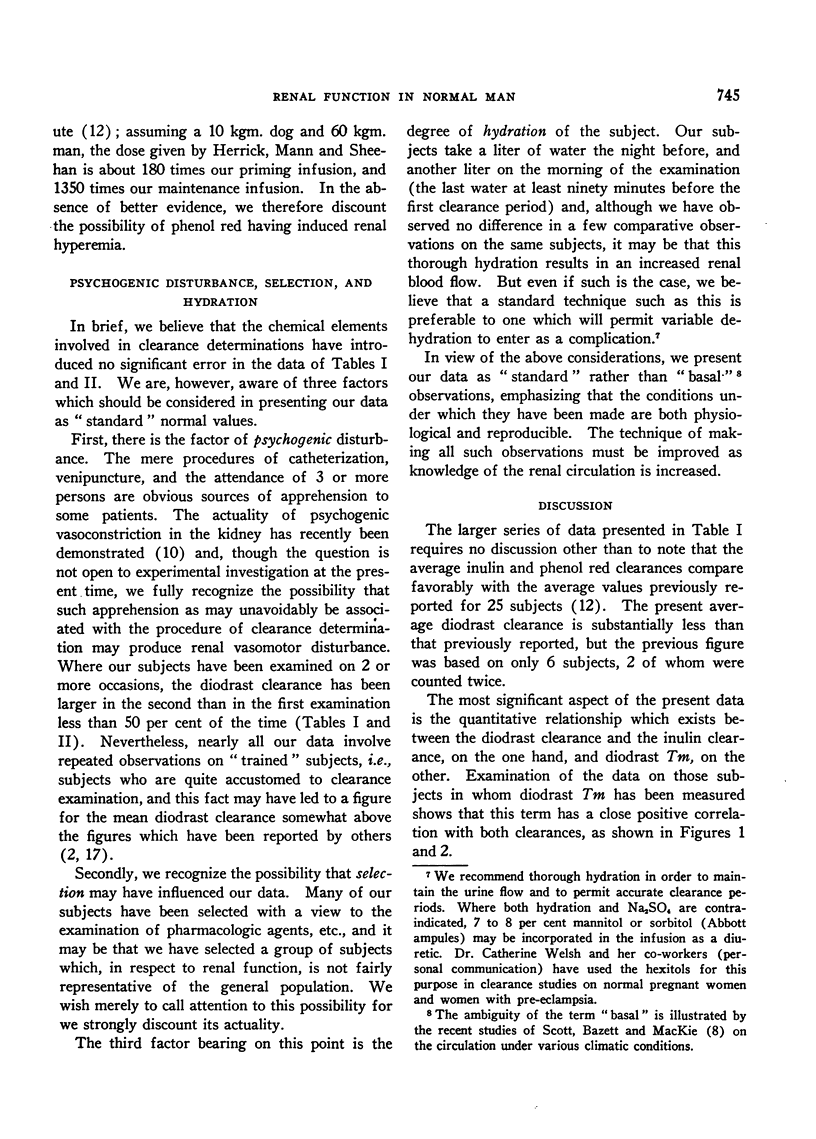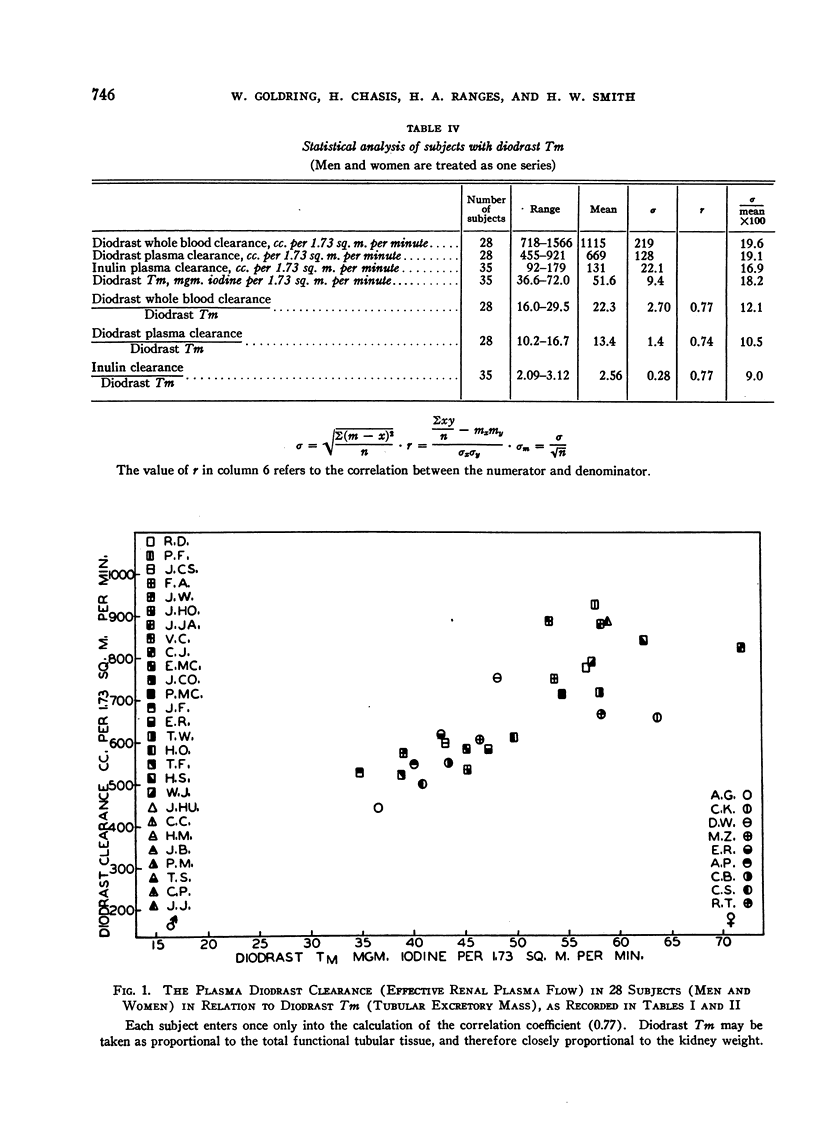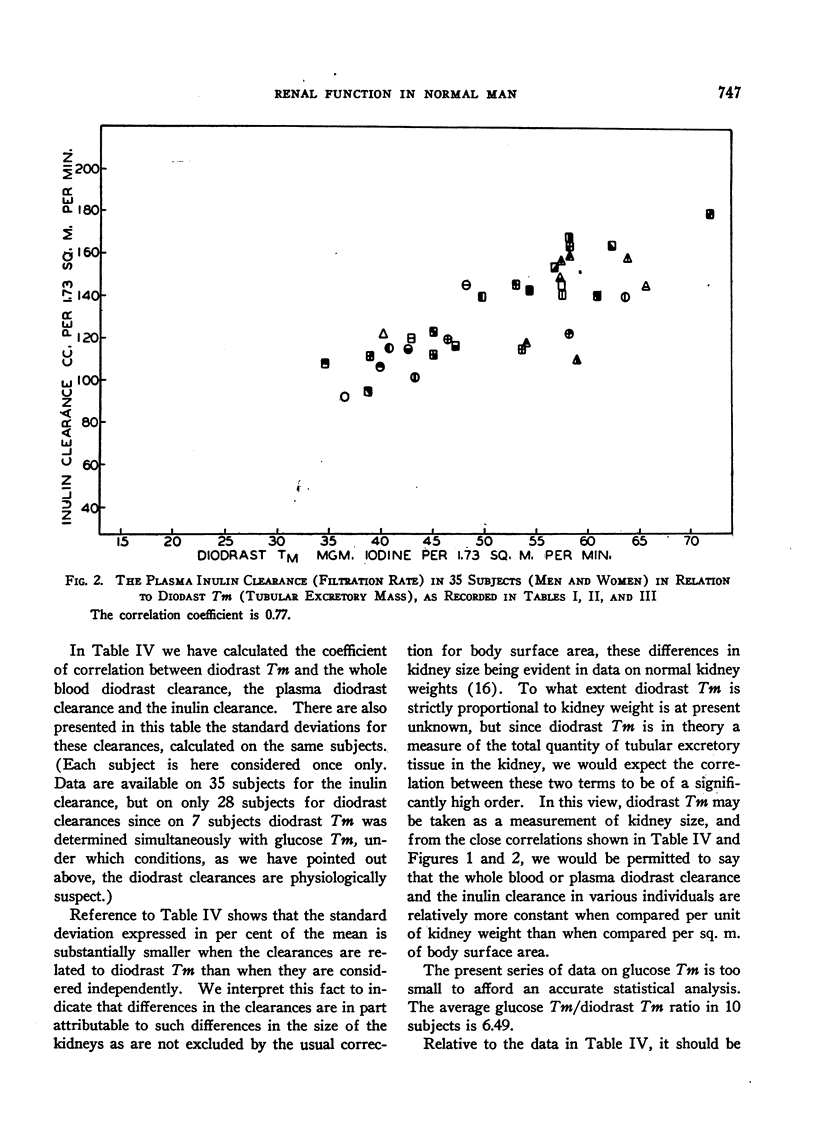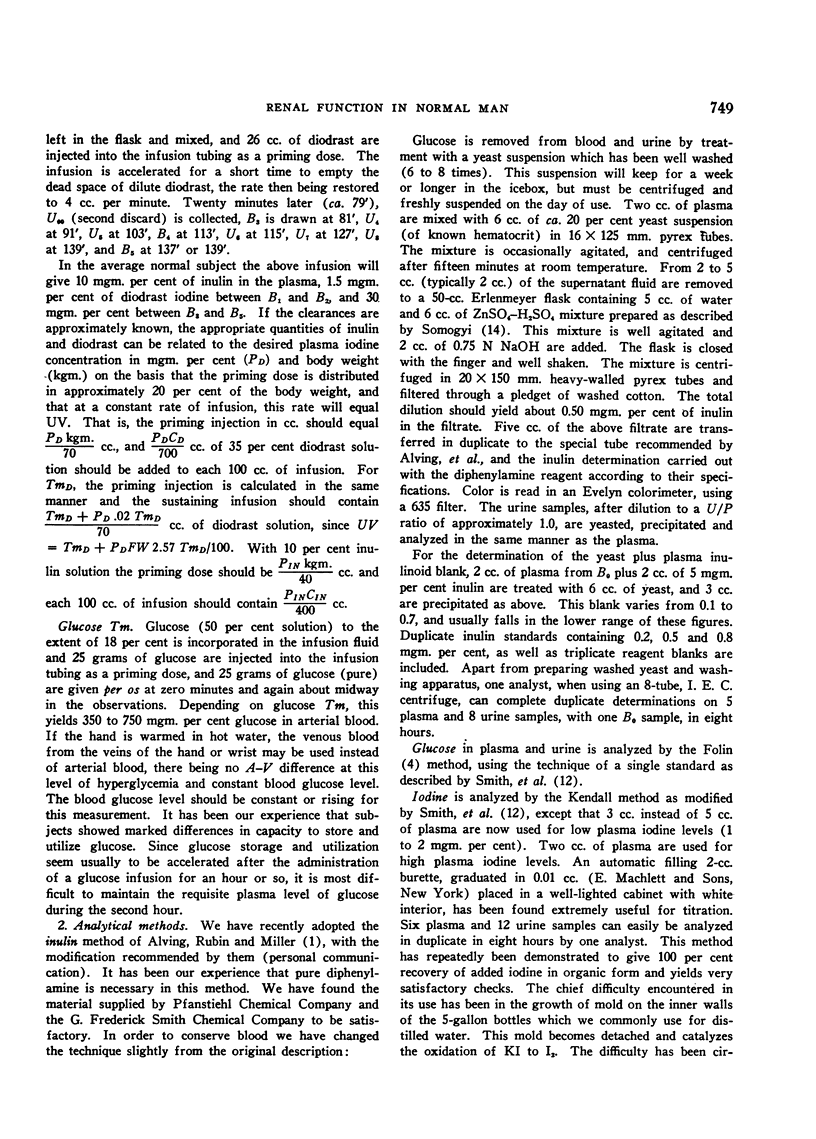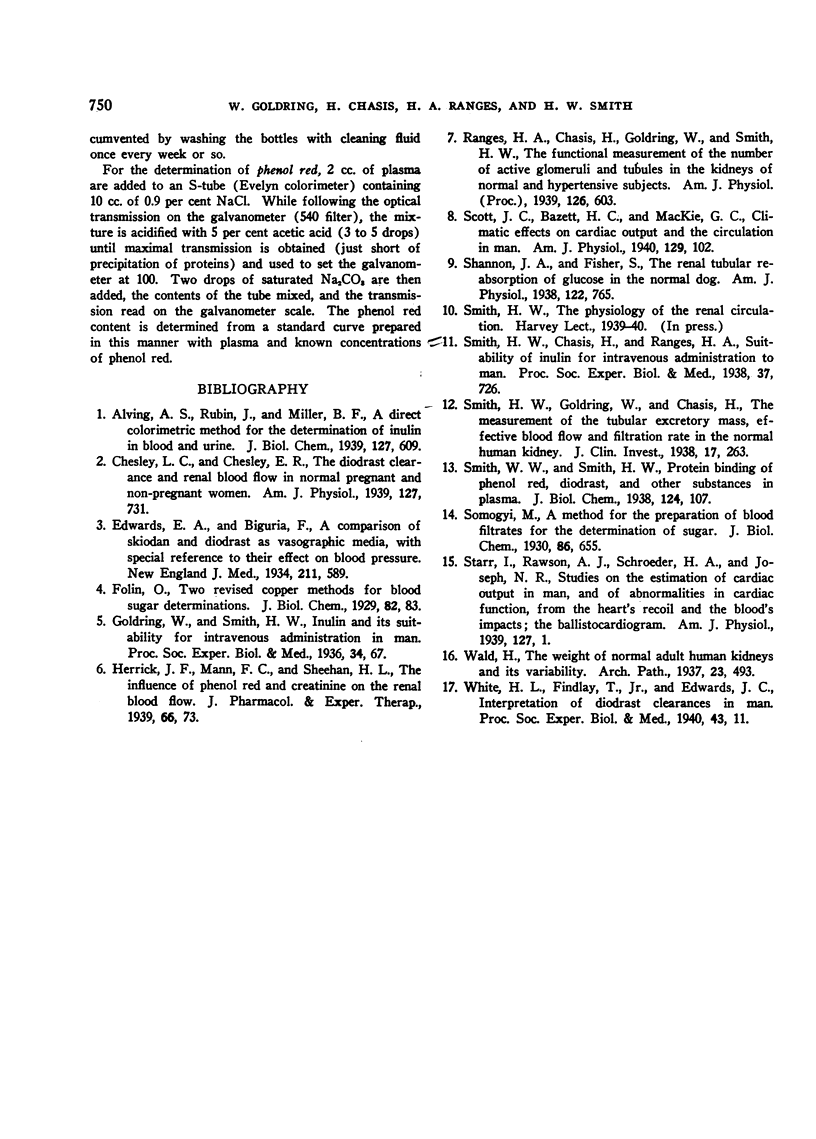William Goldring
William Goldring
1Department of Physiology, New York University College of Medicine, New York City
2Department of Medicine, New York University College of Medicine, New York City
3Third (New York University) Medical Division of Bellevue Hospital, New York City
1,2,3,
Herbert Chasis
Herbert Chasis
1Department of Physiology, New York University College of Medicine, New York City
2Department of Medicine, New York University College of Medicine, New York City
3Third (New York University) Medical Division of Bellevue Hospital, New York City
1,2,3,
Hilmert A Ranges
Hilmert A Ranges
1Department of Physiology, New York University College of Medicine, New York City
2Department of Medicine, New York University College of Medicine, New York City
3Third (New York University) Medical Division of Bellevue Hospital, New York City
1,2,3,
Homer W Smith
Homer W Smith
1Department of Physiology, New York University College of Medicine, New York City
2Department of Medicine, New York University College of Medicine, New York City
3Third (New York University) Medical Division of Bellevue Hospital, New York City
1,2,3
1Department of Physiology, New York University College of Medicine, New York City
2Department of Medicine, New York University College of Medicine, New York City
3Third (New York University) Medical Division of Bellevue Hospital, New York City
1 This investigation has been aided in part by a grant from the Commonwealth Fund.
The authors are indebted to the Winthrop Chemical Company for generously supplying some of the diodrast used in the later observations, and to Messrs. Hynson, Westcott and Dunning for the preparation of phenol red in sterile 10 per cent solution. They also wish to express their appreciation of the continued interest of the Pfanstiehl Chemical Company in the preparation of pure inulin. Recently, the U. S. Standard Products Company, Woodworth, Wisconsin, with the co-operation of Dr. Alf S. Alving, have made physiologically tested inulin available in sterile ampules.

